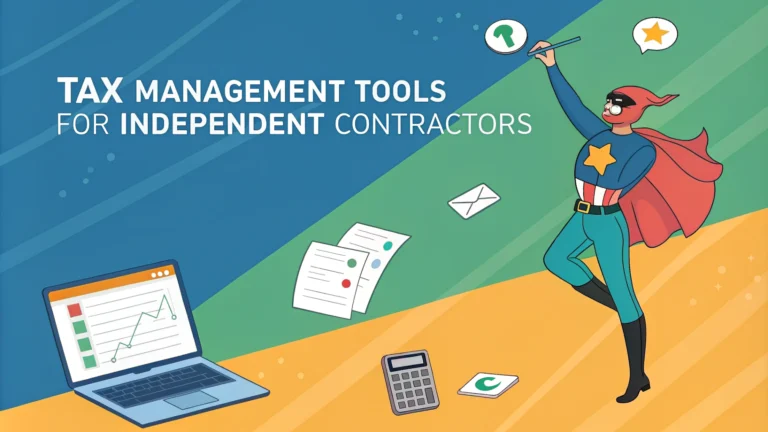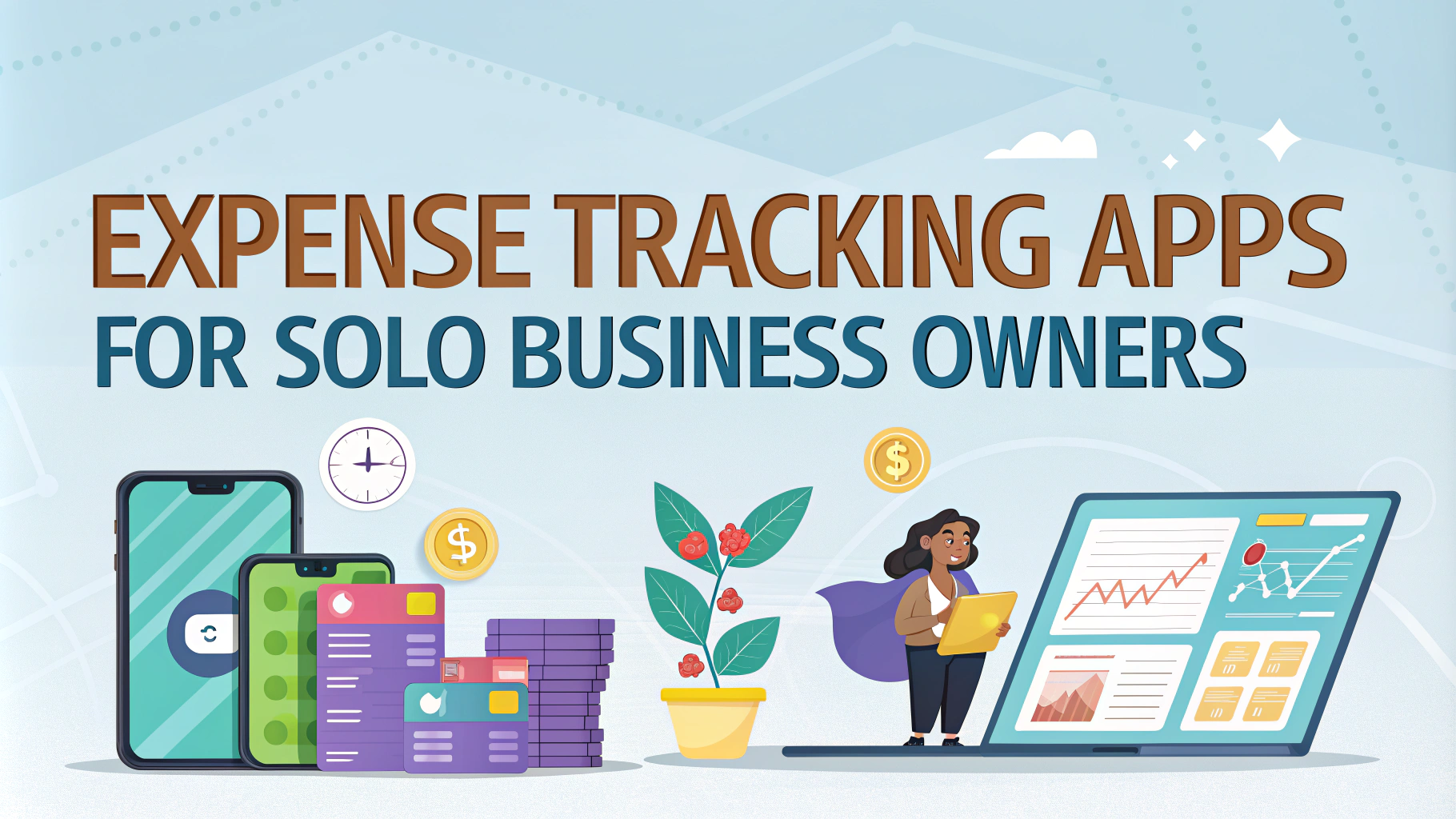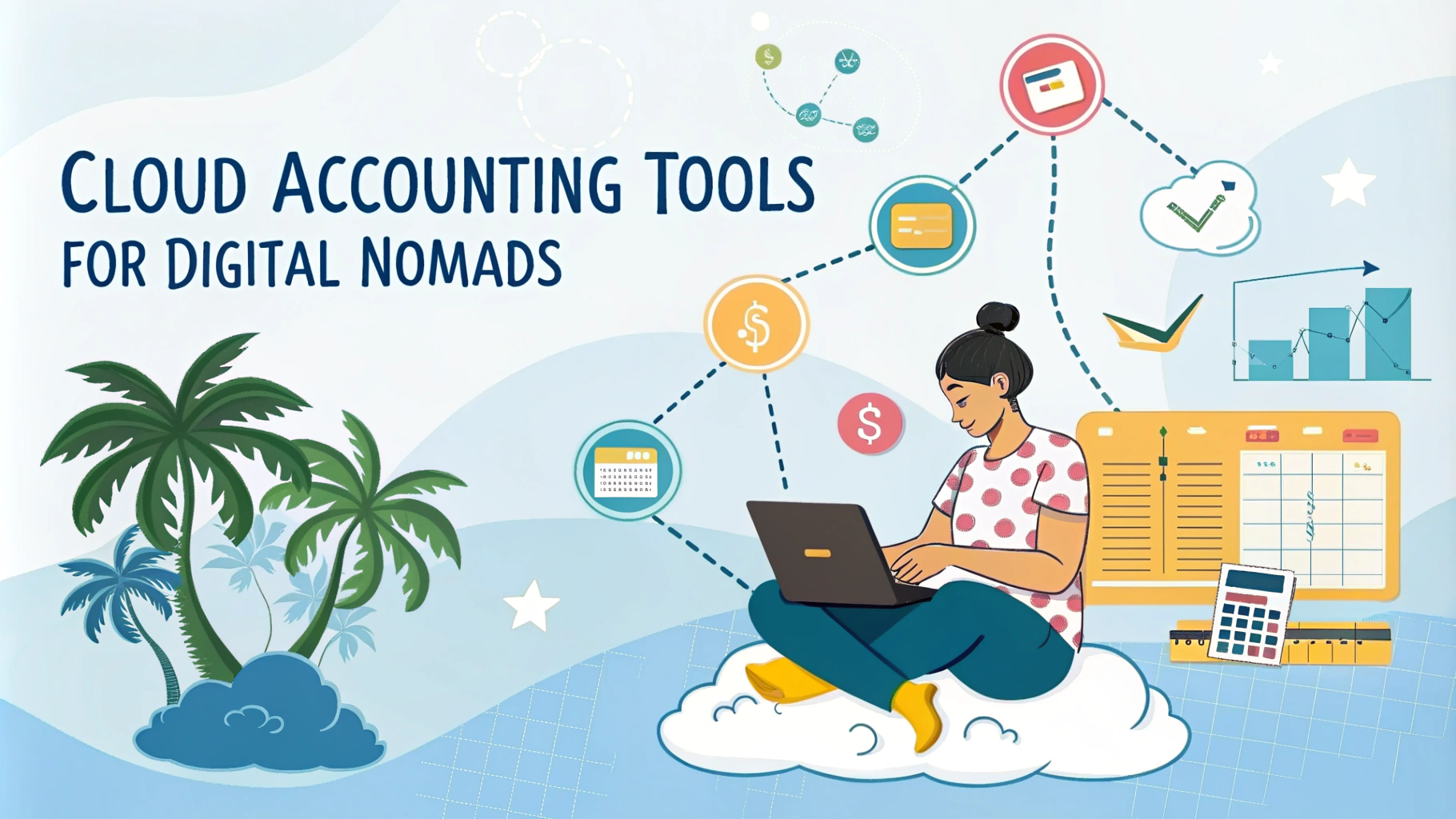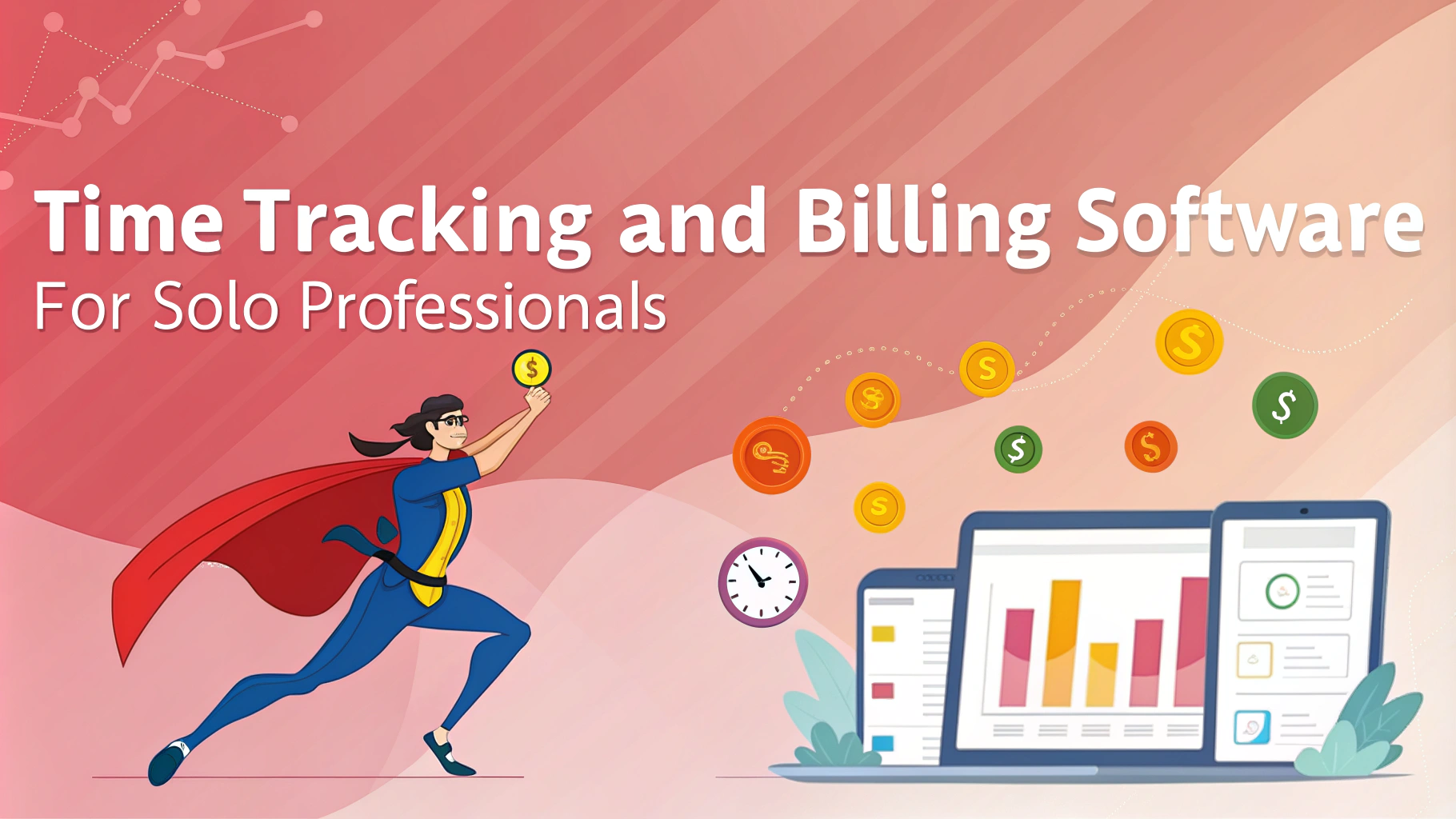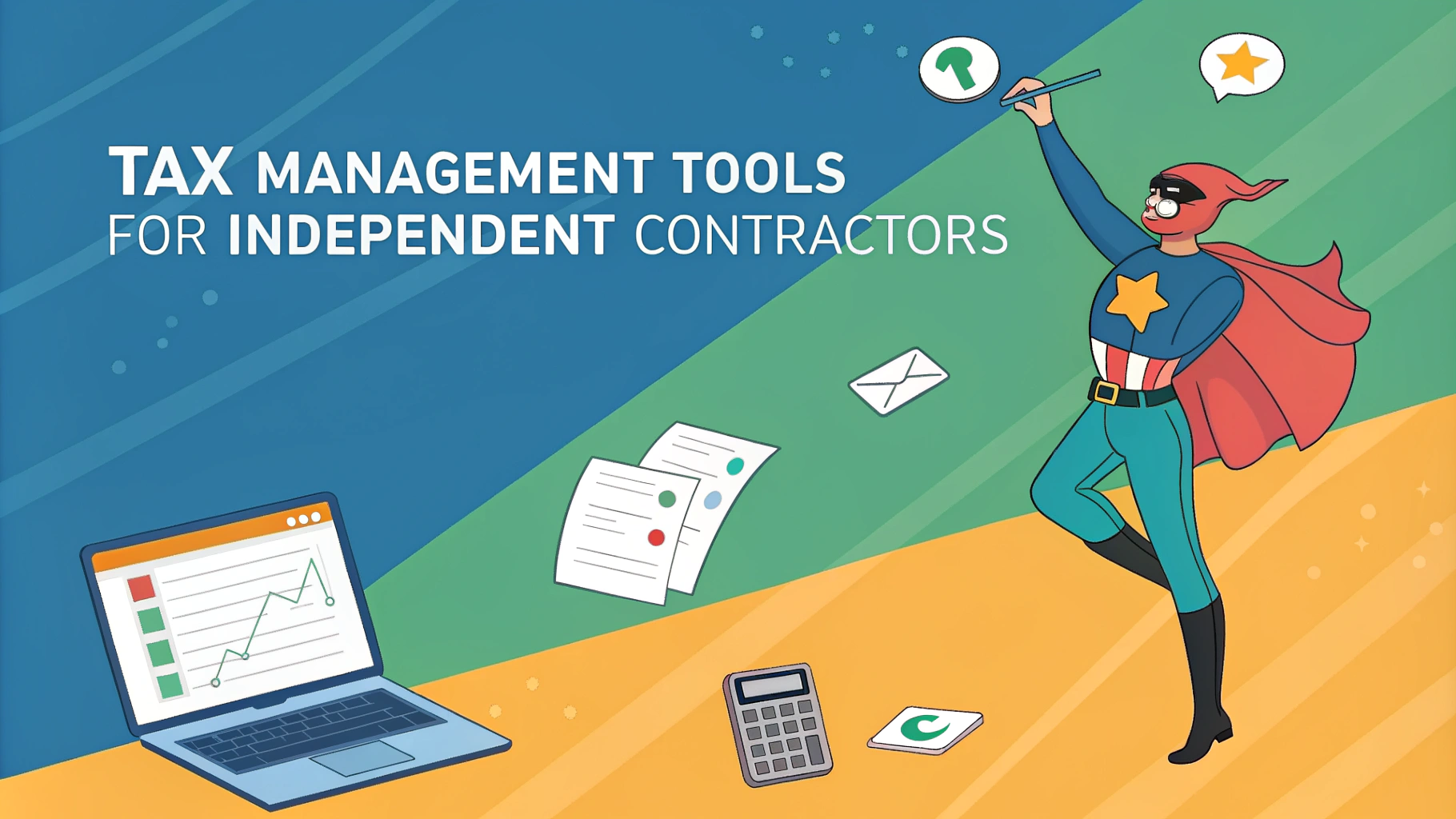Managing taxes effectively is essential for independent contractors who want to stay compliant and maximize their deductions.
Top Tax Management Software Options
- QuickBooks Self-Employed
- Automatic mileage tracking
- Receipt capture
- Quarterly tax estimation
- Price: Starting at $15/month
- FreshBooks
- Time tracking features
- Expense categorization
- Professional invoicing
- Price: Starting at $17/month
- TaxAct
- 1099 form management
- Deduction optimizer
- Year-round tax planning
- Price: Starting at $25/year
Key Tax-Tracking Features to Look For
- Expense categorization automation
- Receipt scanning capabilities
- Mileage tracking
- 1099 form management
- Quarterly tax estimation tools
Tax Deduction Categories for Contractors
| Category | Examples |
|---|---|
| Home Office | Rent, utilities, insurance |
| Equipment | Computers, tools, machinery |
| Travel | Mileage, accommodations, meals |
| Professional Development | Training, certifications, subscriptions |
Practical Tax Management Tips
Set aside 25-30% of income for taxes to avoid surprises during tax season.
Keep business and personal expenses separate using dedicated accounts and credit cards.
Track receipts immediately using mobile apps to prevent lost deductions.
Schedule monthly financial reviews to catch potential issues early.
Consider working with a tax professional for complex situations or large income streams.
Common Tax Filing Mistakes to Avoid
- Missing quarterly estimated tax payments
- Mixing personal and business expenses
- Forgetting to track mileage
- Not keeping proper documentation
- Overlooking deductible expenses
Document Retention Guidelines
| Document Type | Retention Period |
|---|---|
| Tax Returns | 7 years |
| Receipts | 3 years |
| Bank Statements | 3 years |
| Business Formation Documents | Permanent |
Record-Keeping Best Practices
- Create a digital filing system organized by tax year
- Back up all documents to cloud storage
- Use standardized naming conventions for files
- Maintain separate folders for different expense categories
- Set up automated bank feed connections
Year-End Tax Planning Strategies
Review business expenses in November to identify additional deduction opportunities. Consider prepaying certain expenses or making necessary business purchases before year-end. Evaluate retirement contribution options and their tax implications.
Working with Tax Professionals
When to Hire Help
- Revenue exceeds $100,000 annually
- Operating in multiple states
- Complex business structure
- Planning major business changes
Frequently Asked Questions
1. How often should I review my tax documentation?
Review tax documentation monthly, with quarterly deep-dives to ensure accuracy and completeness.
2. What percentage of income should I save for taxes?
Set aside 25-30% of gross income for federal and state taxes, adjusting based on your tax bracket and location.
3. Can I deduct my home office if I have other income sources?
Yes, if you regularly and exclusively use the space for business, regardless of other income sources.
4. How do I handle multiple 1099 forms?
Report all 1099 income on Schedule C, keeping separate records for each income source.
5. Are software subscriptions tax-deductible?
Yes, business-related software subscriptions are typically deductible as operating expenses.
6. When should I start making quarterly tax payments?
Start when you expect to owe $1,000 or more in taxes for the year.
7. What records do I need for vehicle expenses?
Maintain a mileage log with dates, purposes, and distances for business trips.
8. Can I deduct health insurance premiums?
Self-employed individuals can typically deduct health insurance premiums for themselves and dependents.
9. How long should I keep digital receipts?
Keep digital receipts for at least 3 years after filing the related tax return.
10. What triggers an IRS audit for contractors?
Common triggers include large deductions, inconsistent income reporting, and home office claims.
Conclusion
Effective tax management requires consistent attention to detail, proper documentation, and strategic planning. Implementing appropriate software solutions, maintaining organized records, and following best practices helps ensure compliance while maximizing legitimate deductions. When in doubt, consult with tax professionals to optimize your tax strategy and avoid costly mistakes.

